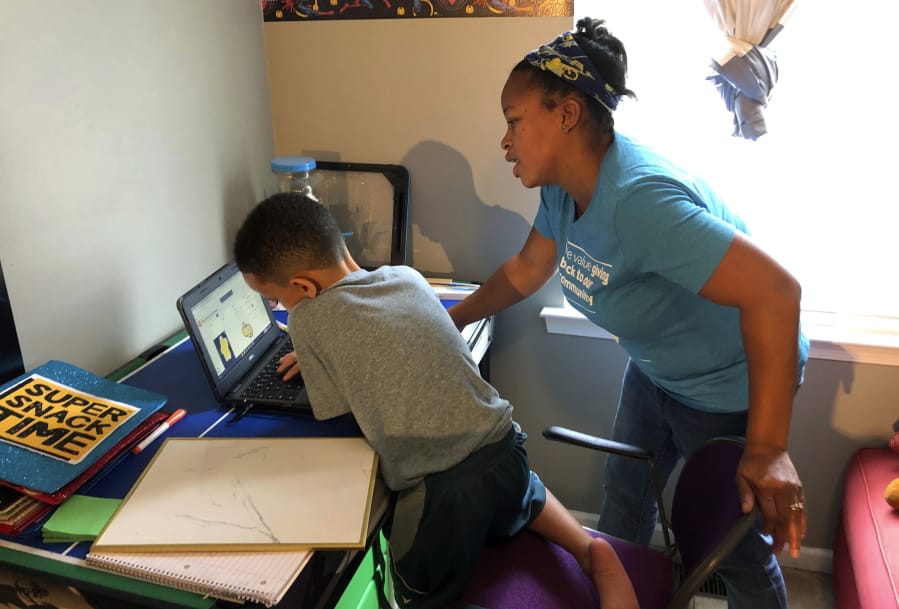Missi Magness wanted her children back in school.
The parent of a first-grader and a sixth-grader who attend schools on Indianapolis’ southeast side struggled trying to oversee her children’s schooling while working from home this spring.
“They need the structure, they need the socialization, they just need to go,” said Magness.
Many other local parents agreed. Now, their school district, Franklin Township — where two-thirds of the 10,000 students are white, as is Magness — has allowed younger children to return to school buildings full time.
But two districts over, it’s a different story. In Indianapolis Public Schools, where nearly three-quarters of about 26,000 students in traditional public schools are Black and Hispanic, the school year started virtually — despite relying on the same local health guidance as Franklin Township.



